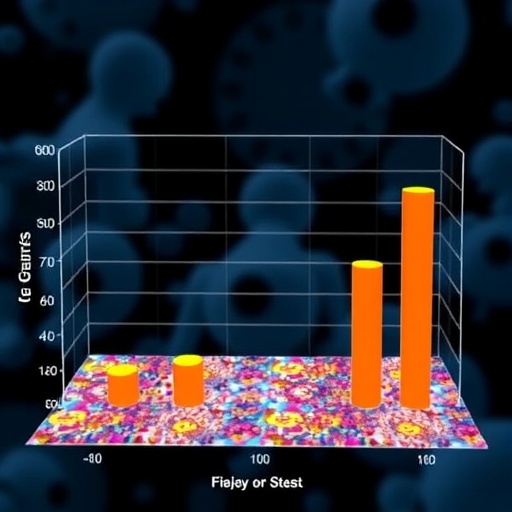
Credit: Kobe University
A Japanese research group led by Associate Professor ASHIDA Hiroki (Graduate School of Human Development and Environment, Kobe University), Academic Researcher KONO Takunari (Graduate School of Human Development and Environment, Kobe University), and Professor MATSUMURA Hiroyoshi (Ritsumeikan University) has discovered an evolutionary model for the biological function that creates CO2 from glucose in photosynthesis. They found the mechanism in a primitive, non-photosynthesizing microbe.
Photosynthesis, creating oxygen and carbohydrates such as glucose from solar energy, water, and CO2, is indispensable for many species on this planet. However, it is unclear exactly how or when organisms evolved the ability to photosynthesize. These questions have fascinated scientists for a long time.
The research group discovered that Methanospirillum hungatei, a microbe (methanogenic archaeon) which is thought to have existed since before the development of photosynthesis, possess genes similar to those that play a role in photosynthesis. Through analysis of the enzymes synthesized by these genes and by investigating the metabolic substances within the organism, carrying out metabolome analysis to locate the trapped CO2, the team proved that Methanospirillum hungatei uses a primitive pathway that closely resembles the metabolic pathway used in photosynthesis to synthesize carbohydrates such as glucose.
By clarifying part of the primitive metabolic pathway for photosynthesis, these findings could help to reveal how the photosynthesis system formed during evolution, a mystery that scientists have so far been unable to solve. If further light can be shed on the evolution of photosynthesis, scientists could potentially utilize this information to use and improve upon photosynthetic functions in order to increase production of crops and biofuel.
###
This research was carried out as part of the Japan Science and Technology Agency (JST) Strategic Basic Research Programs. It was a joint project by Kobe University, Ritsumeikan University, the Nara Institute of Science and Technology, Birla Institute of Technology and Science (India), Osaka University and Shizuoka University. The findings were published on January 13 in the online journal Nature Communications.
Please click here for further details: http://www.kobe-u.ac.jp/documents/en/NEWS/research/2017_01_31_01-01.pdf
Media Contact
Eleanor Wyllie
[email protected]
@KobeU_Global
http://www.kobe-u.ac.jp/en/
############
Story Source: Materials provided by Scienmag





